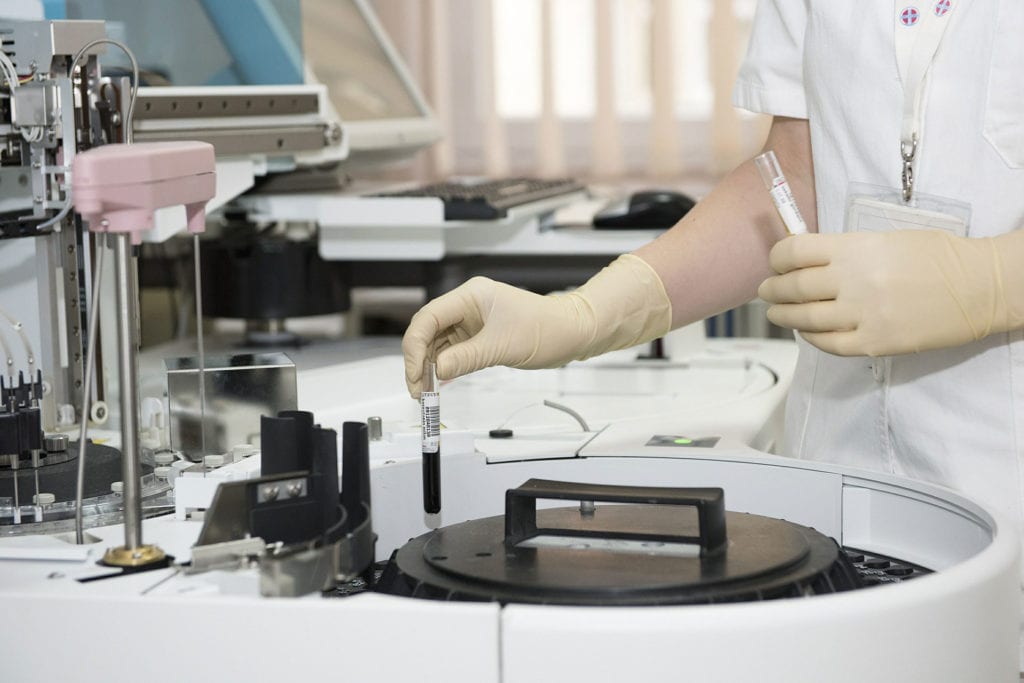A recent study at Sanford Burnham Prebys Medical casts a ray of hope in treating multiple hereditary exostoses (MHE).
MHE is a rare genetic disorder characterized by multiple noncancerous bone tumors that are covered by cartilage, called osteochondromas or exostoses. The condition affects about 1 in 50,000 people worldwide and is caused by mutations in the genes. The only treatments available are surgery and pain management. To learn more, click here.
This research, which was published in the Journal of Bone and Mineral Research is the first promising hope for proper treatment of MHE.
The new study proves that the drug palovarotene works wonders against osteochondromas. They conducted their tests using mouse models and with them, were able to reduce bone tumors by more than 90 percent. This is a huge achievement, considering that other drugs have been used on the same mouse model with zero results.
The tests were spearheaded by Yu Yamaguchi, M.D., Ph.D., professor at Sanford Burnham Prebys.
Perhaps the most hopeful news is that the drug lacks any form of toxicity and bad side effects with humans. It was difficult to make that conclusion with just lab mice. This will speed up the process and get the drug to the clinic to treat MHE at a faster rate.
The drug was licensed by Clementia Pharmaceuticals which was originally testing it out for the treatment of chronic pulmonary disease. The drug was used safely with over 800 volunteers.
Sarah Ziegler, vice-president of the MHE Research Foundation, told Science Daily:
“The long awaited first clinical trial for a drug to treat MHE is now a reality. This breakthrough comes after years of working with medical professionals and scientists like Dr. Yamaguchi to achieve something we have all been desperately striving for, for many years.”






